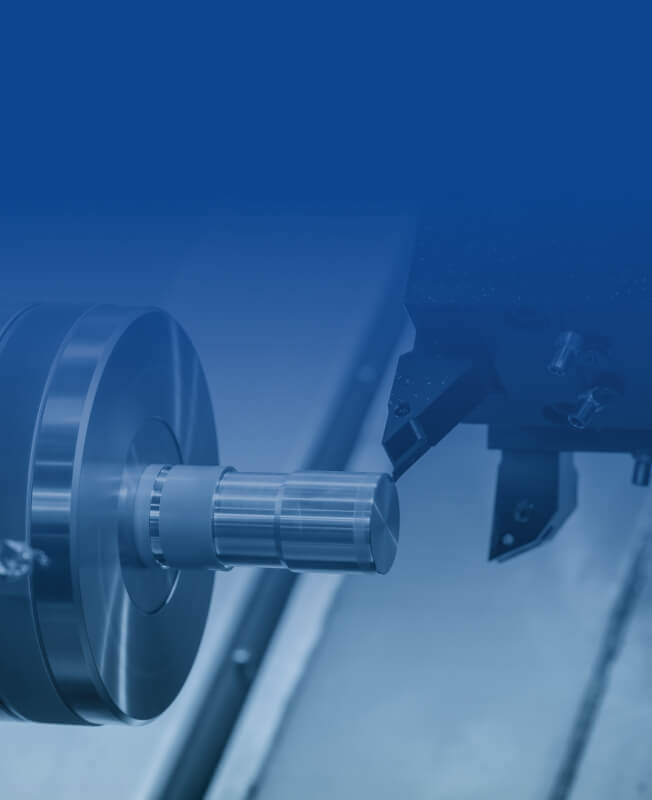Product Features
The Material Point Method (MPM) integrates the benefits of Lagrangian and Eulerian descriptions, eliminating the need for neighboring particle search and preventing mesh distortion. It is convenient to carry out seamless coupling with grid-based algorithms such as the Finite Element Method (FEM) and the Finite Difference Method (FDM), enabling efficient and high-precision solutions for complex multi-physics problems within a unify framework.
Efficient Preprocessing and Postprocessing
- Executes particle discretization of geometry entities and meshed models
- Applies uniform/non-uniform background-grid technology
- Supports native rendering of particles and elements
Comprehensive Solver Libs
- Various enhanced MPM solvers, such as GIMP, SGMPM, UPMPM, Implicit-MPM, Incompressible-MPM, XMPM, Multigrid-MPM, etc.
- Seamless-Coupled solvers to conduct multi-physics analysis, such as HFEMP, CFEMP, AFEMP, FlowMPM and FDMPM, etc.
- Hybrid Modeling and Solving for Element-Particle
Application Scenarios
Core Functions
Rapid Modeling
- Swift and efficient geometric Modeling (2D/3D geometry), offering CAD interface (STEP, IGES)
- Discretization (particleization, mesh, meshes to particles), Particle discretization of Geometry based model (cuboid, cylinder, sphere, ogive). Provides multiple meshing methods, including free meshing, mapping and sweeping. Supports multiple element types, including line, triangle, quadrilateral, tetrahedra, hexahedra, wedge, etc. Supports mesh import (*.inp) and particle import(*.k). Uniform/non-uniform background grid (Multi-level/Local Multi-grid/Moving Tied-Interface Grid)
- Loads and Boundary Conditions: contacts, constraints, detonation, velocity/acceleration/pressure boundaries, pre-load fields, gravity, concentrated/distributed forces, etc.
- Multiple material constitutive models and customization, supporting material type includes metal, concrete, soil, ceramics, foam, rubber, honeycomb, high explosive, composite, etc.
- Python Script Integration (Enable customized API)
MPM-Based Algorithms Cluster
- Standard MPM and Generalized Interpolation Material Point Method (MPM & GIMP)
- Immersed Finite Element Material Point Method (FlowMPM)
- Multi-Grid MPM
- Staggered Grid MPM (SGMPM)
- Moving Tied-Interface Grid MPM (MTIGM)
- Extended MPM (XMPM)
- Multi-Level MPM
- Hybrid FEM with Staggered Grid MPM (Hybrid-SGFEMP)
- Various Coupling MPM-FEM Schemes (HFEMP, CFEMP & AFEMP)
- VP-Format MPM (UPMPM)
- Coupled FDM with MPM (FDMPM)
- Coupled FEM with UPMPM (CFEUPMP)
- Implicit scheme MPM (Implicit-MPM)
- Incompressible scheme MPM (Incompressible-MPM)
Distinctive Features
- Staggered Grid MPM with High-Precision
- Improved Contact Detection Scheme
- Thin-Walled Structure Modeling via Hybrid Shell Elements and Particles
- Moving Grid Technology
- Mixed Element-Particle Discretization for Reinforced Concrete Structures
- Multi-Level Background Grid Technology
- Adaptive Conversion from Finite Elements to Material Points
- Significant Improvements and Enhancements to Contact Algorithms
- Adaptive Particle Splitting Technology
- Enables Parallel Computings (OpenMP/MPI)
Solving
- Seamless Visualization of Hybrid Particle-Element Results
- General Tools: Contour, Contour line, slices, vector plots, time-history curves
- Utilize Industry-Driven Development Kits
Simulation Development Enviroment
Offers flexible and diverse layout templates, facilitating quick arrangement of application interfaces. By means of straightforward mouse drag-and-drop operations, users can simply develop app interactive interfaces, encapsulate simulation models and workflows, and generate lightweight, reusable simulation apps without mastering any programming languages. The application builder also provides a simulation app compilation function, which can compile simulation apps to generate executable files that can be run independently from Simdroid.
Application Cases







